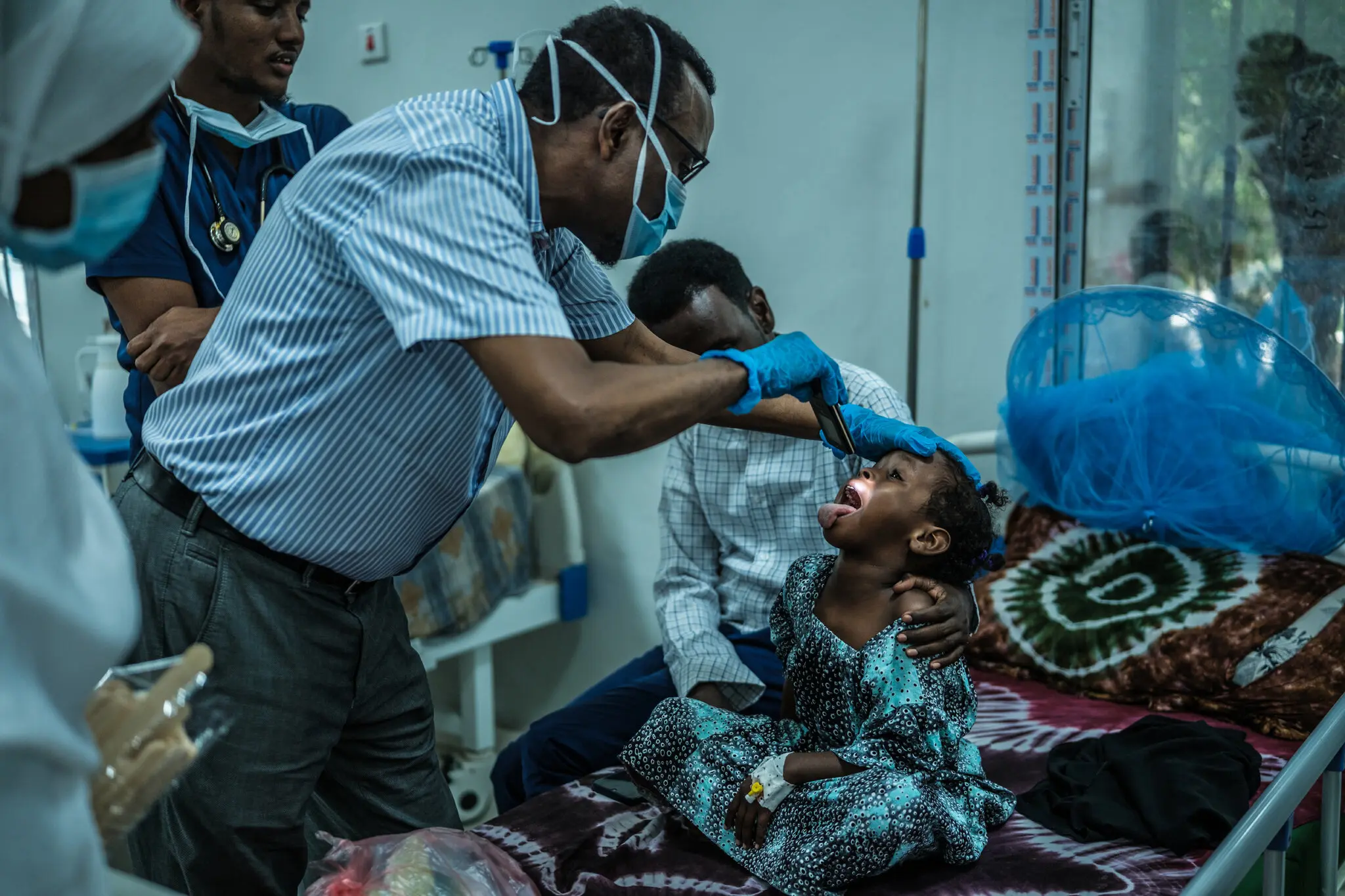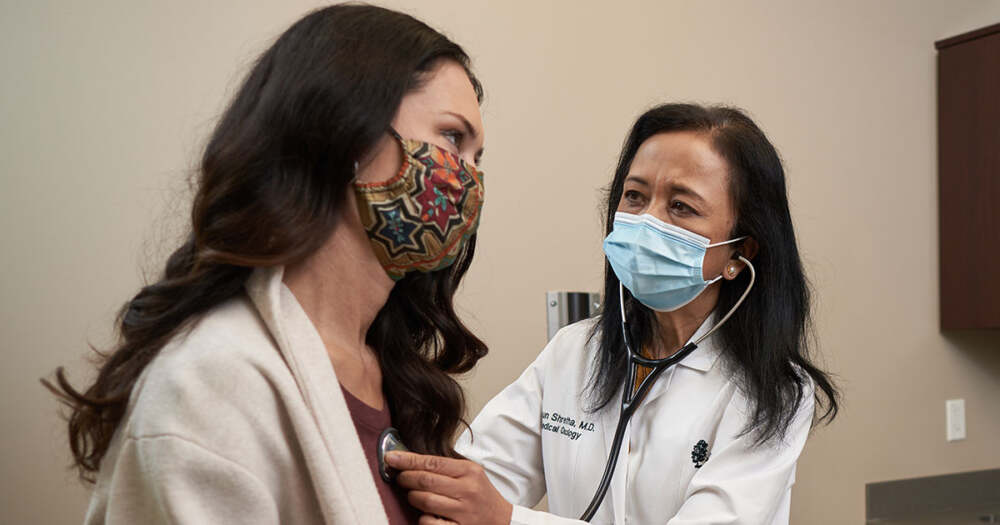Health and agricultural experts are sounding the alarm as highly pathogenic avian influenza, or bird flu, resurges across the United States, infecting millions of birds and spreading to unexpected animal hosts. The outbreak underscores the fragility of current preparedness measures and raises concerns about potential global spillover.
A Growing Crisis in Poultry and Wildlife
Recent reports indicate that millions of domestic and wild birds have been affected across multiple U.S. states. Beyond the avian population, infections have been documented in dairy cattle, domestic cats, and other mammals, signaling a virus that is adapting to new hosts. Migratory birds are suspected to play a key role in spreading the disease, complicating containment efforts.
Veterinary experts warn that current monitoring systems are stretched thin. Staffing shortages, budget constraints, and limited laboratory capacity hinder rapid response, leaving large flocks vulnerable and heightening the risk of further spread.
Potential Risks to Humans and Food Supply
While bird flu has rarely infected humans, experts caution that its jump to mammals increases the potential for mutation and human transmissibility. This presents a looming public health threat, particularly if new strains emerge that evade current vaccines.
Economically, the outbreak threatens poultry production and egg supply chains, which could result in higher prices for consumers. Disruptions in exports may also have ripple effects globally, impacting grain and feed markets.
Global Lessons and Implications
The U.S. outbreak serves as a stark warning for countries worldwide, particularly those with high-density livestock farming and limited veterinary infrastructure. South Asia, including countries like Pakistan, faces similar vulnerabilities: dense poultry populations, informal farming practices, and gaps in disease surveillance could allow bird flu to spread rapidly if unchecked.
Experts emphasize that pandemic preparedness is not limited to vaccines. Effective containment requires robust surveillance, early detection, rapid response systems, and coordinated efforts across health, agriculture, and environmental sectors.
Steps Needed to Strengthen Preparedness
- Enhanced surveillance of wild and domestic animals to detect emerging strains quickly.
- Investment in veterinary resources, including laboratories and mobile response units, to manage outbreaks efficiently.
- Development and stockpiling of vaccines for both animals and potential human strains.
- Cross-sector collaboration, integrating agriculture, public health, and environmental monitoring to prevent zoonotic spillover.
- Global cooperation, sharing data and resources to prevent outbreaks from escalating into international crises.
A Warning for the Future
The resurgence of bird flu highlights how quickly a virus can spread beyond its usual host and disrupt human and animal populations. Experts agree that proactive measures are essential: monitoring, funding, coordination, and rapid response can prevent a regional outbreak from becoming a global threat.
Bird flu is no longer just a concern for farmers — it is a pressing public health issue with implications for communities worldwide.
















Leave a Reply